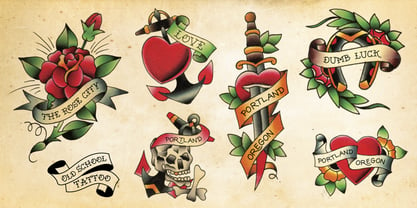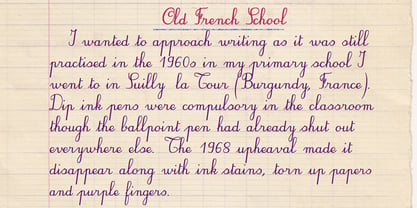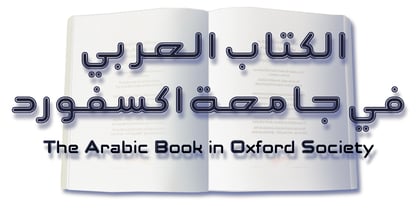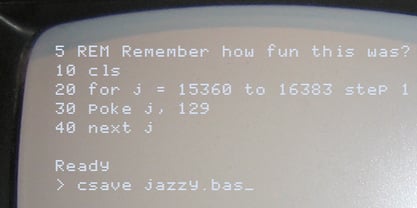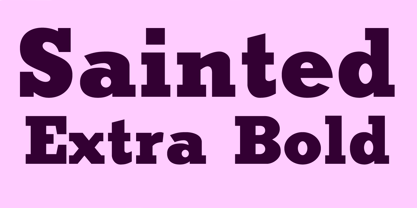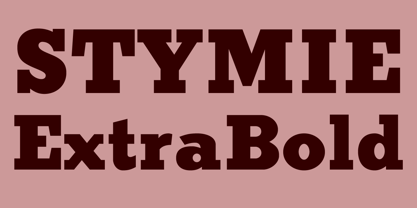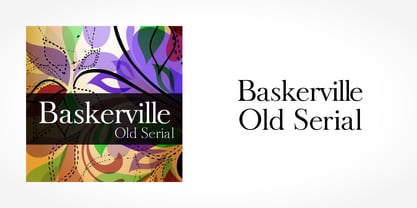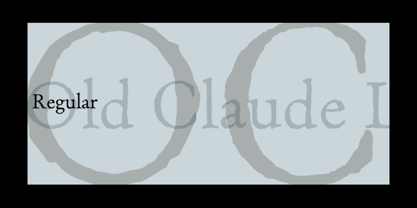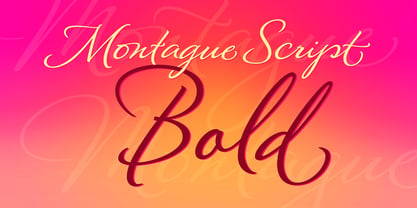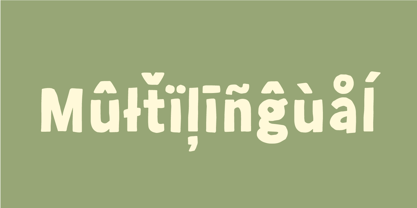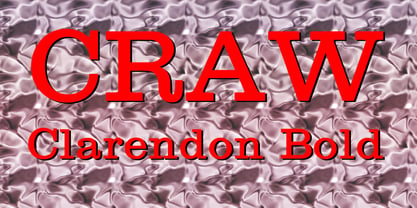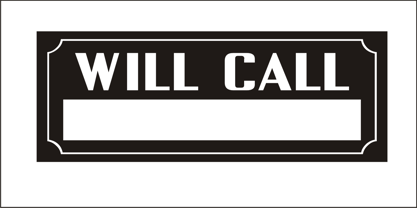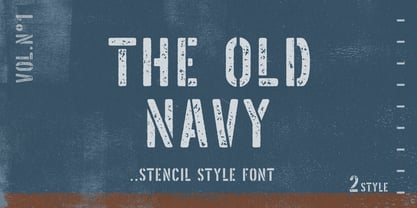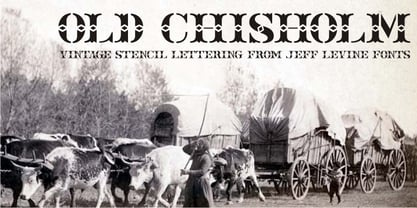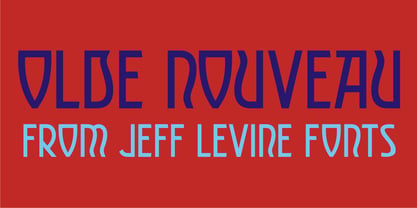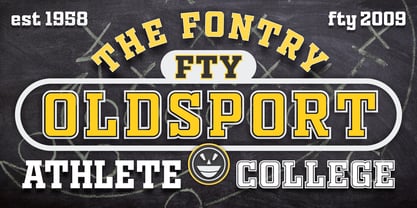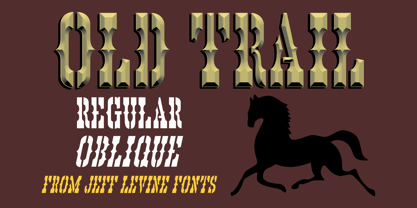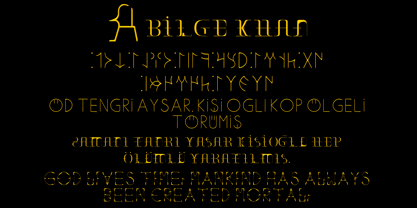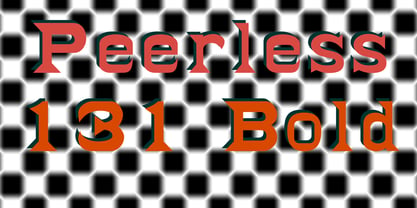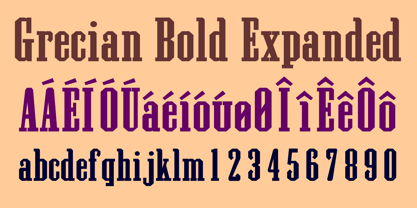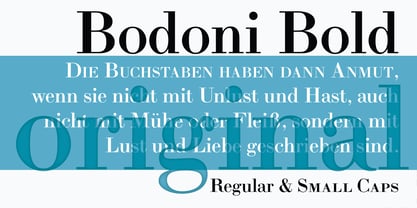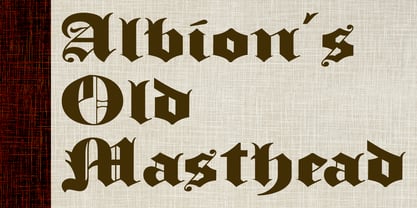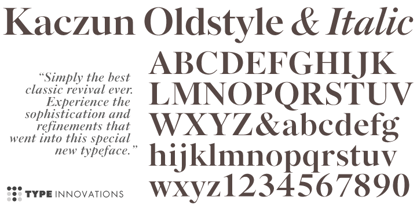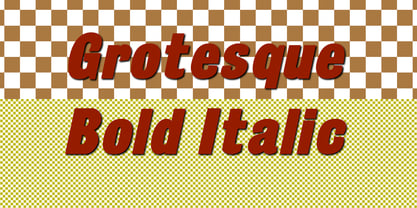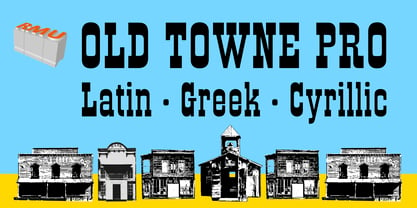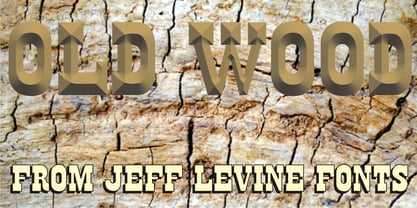10,000 search results
(0.067 seconds)
- SF Old Republic - Unknown license
- Wyld Stallyns Bold - Unknown license
- Bionic Type Bold - Unknown license
- Walkway UltraExpand Bold - Unknown license
- Old School Tattoo by m u r,
$15.00 - Old French School by JBFoundry,
$20.00 - Anahita Extra Bold by Naghi Naghachian,
$95.00 - WL Rasteroids Old by Writ Large,
$5.00 - Sainted Extra Bold by Wooden Type Fonts,
$15.00 - Caslon Old Face by Bitstream,
$29.99 - Old Paris Nouveau by Baseline Fonts,
$24.00 - Stymie Extra Bold by Wooden Type Fonts,
$15.00 - Old Persian Cuneiform by Deniart Systems,
$10.00 - Baskerville Old Serial by SoftMaker,
$- - Old Favorites JNL by Jeff Levine,
$29.00 - Old Softy NF by Nick's Fonts,
$10.00 - Old Claude LP by LetterPerfect,
$39.00 - Montague Script Bold by Stephen Rapp,
$59.00 - Same Old Joke by Bogstav,
$15.00 - Bernhard Bold Condensed by Bitstream,
$29.99 - Craw Clarendon Bold by Wooden Type Fonts,
$15.00 - Old Labels JNL by Jeff Levine,
$29.00 - Old Fashion Script by Monotype,
$29.99 - The Old Navy by Larin Type Co,
$12.00 - Old Chisholm JNL by Jeff Levine,
$29.00 - Olde Nouveau JNL by Jeff Levine,
$29.00 - Fty OLD SPORT by The Fontry,
$15.00 - Egyptian Ornamented Bold by Wooden Type Fonts,
$20.00 - Old Trail JNL by Jeff Levine,
$29.00 - Ongunkan Old Turkic by Runic World Tamgacı,
$50.00 - Peerless 131 Bold by Wooden Type Fonts,
$15.00 - Grecian Bold Expanded by Wooden Type Fonts,
$15.00 - TS Old Baskerville by TypeShop Collection,
$24.80 - LTC Bodoni Bold by Lanston Type Co.,
$24.95 - Albion's Old Masthead by Greater Albion Typefounders,
$15.00 - Kaczun Oldstyle Bold by Type Innovations,
$39.00 - Grotesque Bold Italic by Wooden Type Fonts,
$15.00 - Collins Old English by Scriptorium,
$12.00 - Old Towne Pro by RMU,
$40.00 - Old Wood JNL by Jeff Levine,
$29.00




